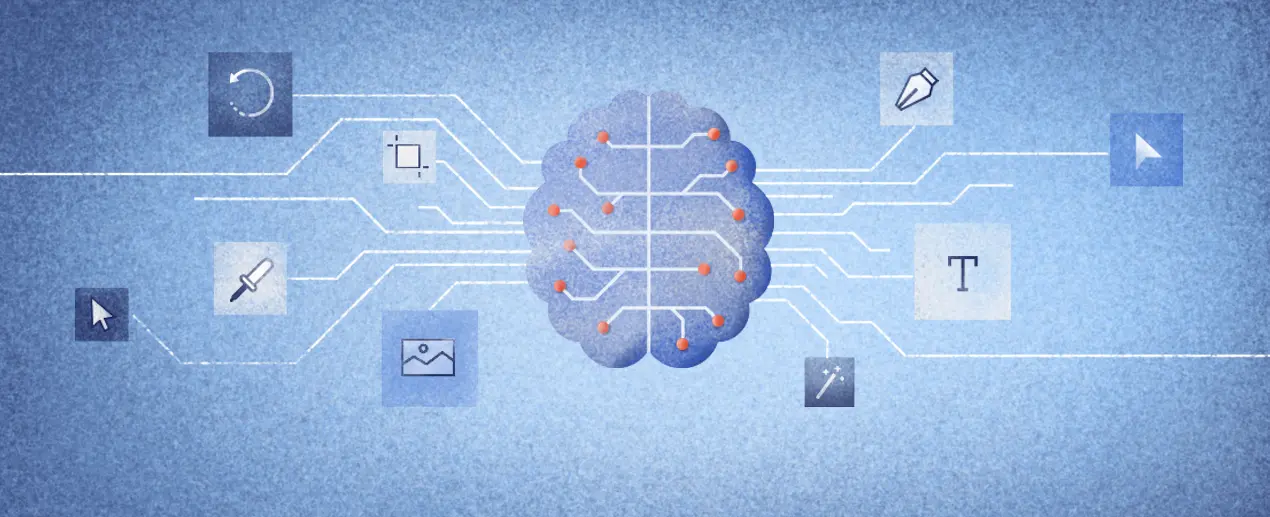The integration of Artificial Intelligence (AI) AI in design studios is not about replacing the human element but rather enhancing it, creating a synergy between human creativity and machine efficiency. AI’s role has evolved remarkably, making it more of a creative ally rather than just a high-tech tool.
Streamlining time-consuming tasks
Design studios have long been recognised for their ability to deliver visually captivating and compelling designs. However, the creative process often involves time-consuming and repetitive tasks. This is where AI steps in, offering a range of powerful tools and technologies that can revolutionise the way design studios operate.
For instance, AI algorithms can resize images automatically, eliminate backgrounds, or even suggest suitable colour palettes based on specific requirements. By automating these tasks, designers can focus on more vital aspects of a project, such as research, discovery, and ideation, thereby fostering the real human side of a project.
AI is not only assisting designers in their workflow but also actively contributing to the creative process — AI algorithms can generate unique design options, inspiring fresh ideas and expanding the boundaries of creativity. By inputting specific parameters and preferences, designers can prompt AI systems to produce alternative designs, enabling them to explore various possibilities quickly. This collaborative interaction between designers and AI fosters a symbiotic relationship, leading to innovative and visually stunning outcomes.
AI can also play a crucial role in crafting designs that prioritise the needs of patients. By analysing vast amounts of data, AI algorithms AI algorithms can identify patterns, preferences, and behaviours, providing valuable insights into the patients needs and expectations. This data-driven understanding helps studios to develop designs that resonate with the audience, resulting in more engaging and impactful experiences.
Balancing automation and human creativity
While AI brings significant advantages, the human touch remains crucial in design to create meaningful experiences and connect with patients. Human designers excel at understanding the emotional needs and aspirations of patients, ensuring designs resonate with their desires. They possess the ability to empathise with clients and translate their requirements into compelling design solutions. While AI can provide insights into patient behaviour and preferences, it is the human touch that adds the unique perspective and creativity that AI alone cannot replicate.
Despite the many advantages, integrating AI also presents challenges and ethical considerations. One concern is the potential displacement of human designers. While AI can automate certain tasks, it cannot completely replace the unique perspectives and creativity that human designers bring to the table. Design studios should focus on upskilling their designers to work effectively with AI and emphasise the aspects of design that require human ingenuity and creativity.
Another ethical consideration is the responsible use of AI in design. Designers should be mindful of potential biases in AI algorithms and strive to create inclusive and diverse designs. Human oversight is crucial to ensure that AI systems do not perpetuate harmful stereotypes or exclude certain user groups.
The future of AI in design studios is promising. As AI continues to advance, it will become an even more integral part of the design process. Studios can expect further advancements in areas such as generative design, augmented reality (AR), and virtual reality (VR), enabling them to create immersive and interactive experiences. In any case, we are curious to see what lies ahead.
